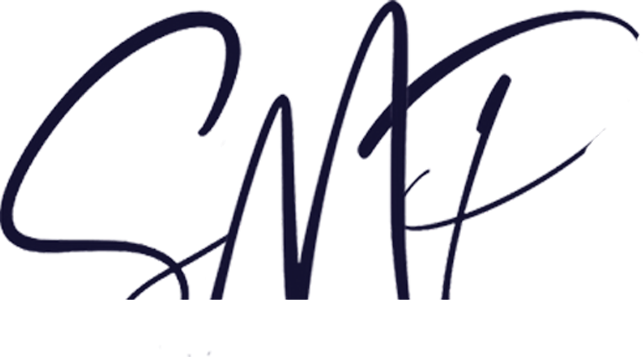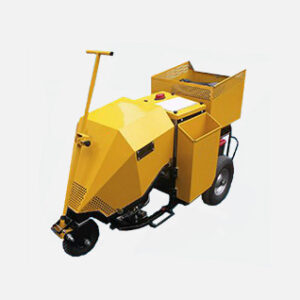Products
Safir Mehr Petrokimya is supplying and exporting three main petrochemical materials:
Caustic soda liquid 50% |
UREA |
Granular Urea fertilizer 46% |
Agriculture and Industry Periled Urea 46% |
ALCOHOLS |
METHANOL |
ETHANOL |
Methyl acetate |
Ethyl acetate |
GLYCOL |
MEG (MONO Ethylene glycol) |
DEG (Diethylene glycol) |
TEG (Tri ethylene glycol) |
PEG (400-6000) |
AMINE |
DEA (DI Ethanol Amine) |
MEA (Mono Ethanol Amine) |
TEA (TRI Ethanol Amine) |
MIX-XYLENE |
ANILINE |
ALKYL BENZENE |
ISOCYANATE |
AMMONIA |
SULPHUR |
LAB SA (Sulfonic Acid) |
Vinyl Chloride Monomer (VCM) |
SLES |
| PE (Polyethylene) |
| HDPE |
| LDPE |
| LLDPE |
| MDPE |
| PS (Polystyrene) |
| GPPS |
| EPS |
| HIPS |
| PP (Polypropylene) |
| HOMO POLYMER |
| CO POLYMER |
| PIPE |
| ABS (Acrylonitrile butadiene styrene) |
| PVC (Polyvinyl chloride) |
| PC (Polycarbonate) |
| PET (Polyethylene terephthalate) |
SBR & PBR (Silicon Rubber. Styrene Butadiene Rubber & Polybutadiene Rubber) |
Chemicals and Fertilizers
The chemical industry is based on feedstocks that are derived from crude oil, natural gas, fats, natural oil, and more. These feedstocks are converted into a wide range of modern products, from the packaging our food comes in, to the clothes we wear, and the devices we use.
- CAUSTIC SODA
Caustic soda flakes 99%
• Papermaking and cellulose pulp production
• Soap, synthetic detergents
• Fatty acids
Caustic soda liquid 50%
• Soap and Detergent
• Textile
• Mining chemicals
• Water refinery
• Pulp and paper
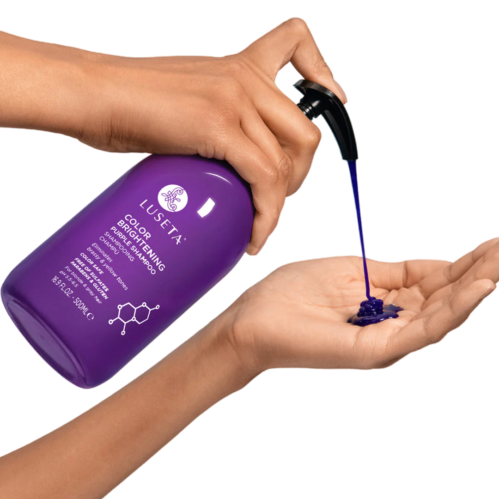
- UREA
Granular urea fertilizer 46%
• Agriculture
• Chemical industry
• Laboratory and medicine
• Explosives
Agriculture and Industry Periled Urea 46%
• Agriculture
• Animal feed
• Plastic production
• Resin and glue production
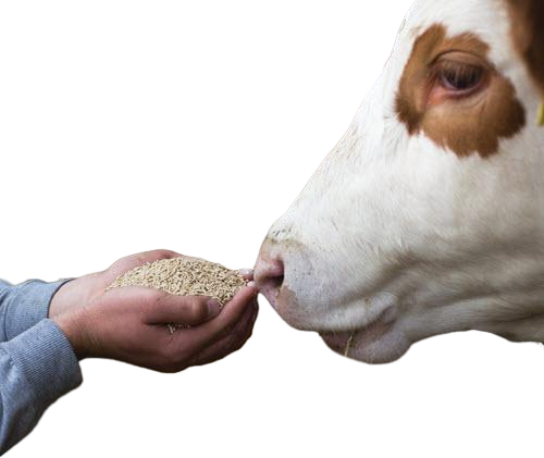
- ALCOHOLS
METHANOL
• Industrial adhesives
• Solvents and antifreeze
• All kinds of plastic
• Plywood
• Paint and explosives
ETHANOL
• Health and cosmetic industries
• Pharmacology
• Food industry
• Cleaning of surfaces
Methyl acetate
• Paint industry
• Bottle Caps
• Cosmetics
• Textile
• Flavoring in food additives
Ethyl acetate
• Essential Oils
• Cleaning equipment
• Preparation of organic materials (Medicines)
• Extraction
• Adhesives
• Synthetic leather and covering material
• Nitrocellulose and cellulose acetate varnishes
• Photographic Films
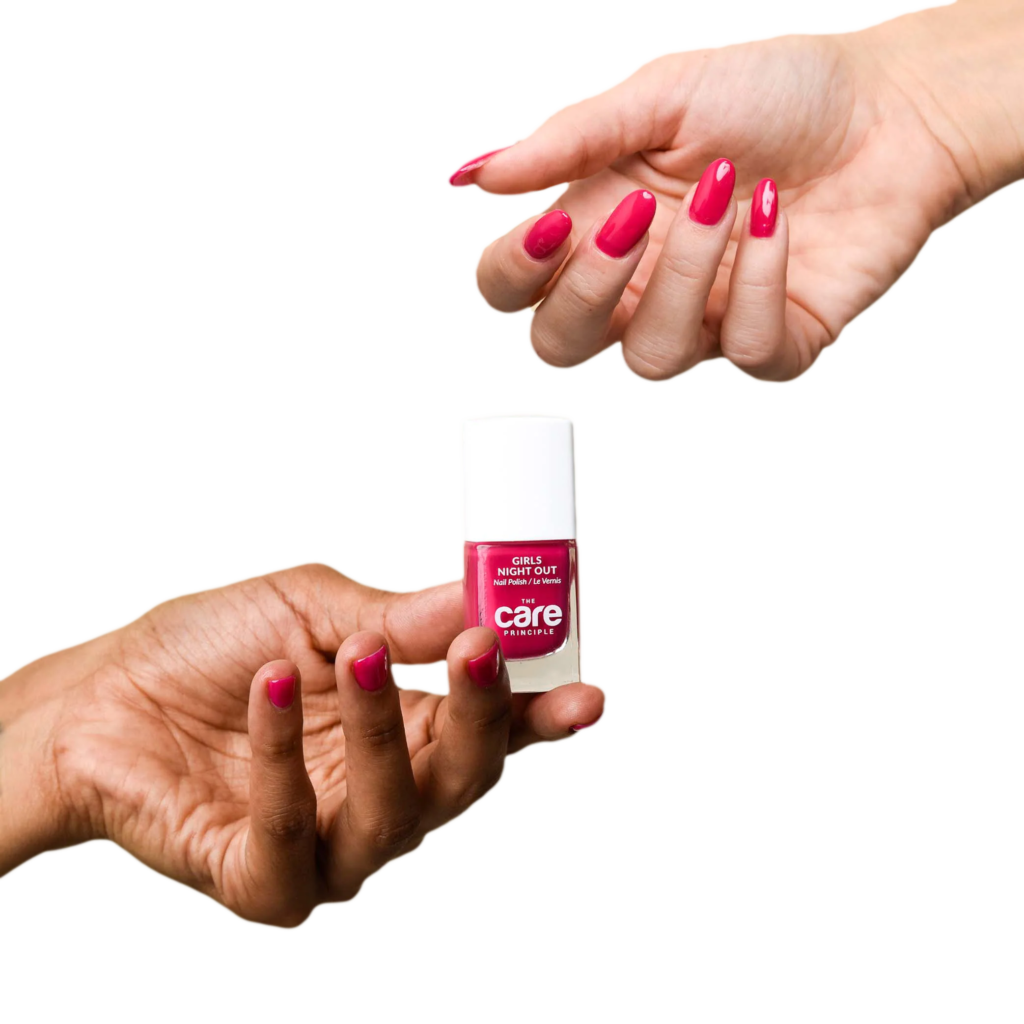
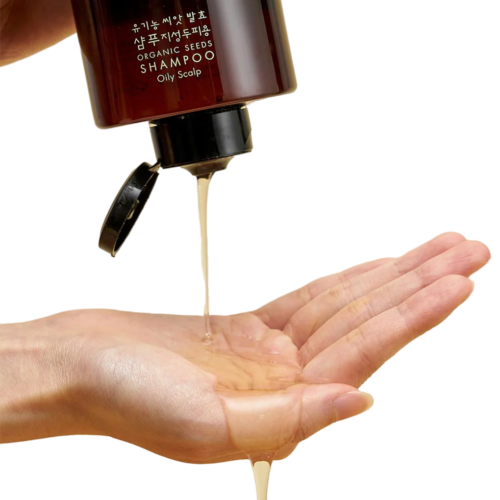
- GLYCOL
MEG (MONO Ethylene glycol)
• Water-based adhesives
• Antifreeze
• Electrolytic capacitors
• Polymer production
• Plastic, varnish, paint production
• Leather
• Textile and leather dyeing
• Disinfectants
DEG (Diethylene glycol)
• Unsaturated polyester resins
• Softeners
• Material solvent and antifreeze
• Tobacco
• Hydraulic brake fluids
TEG (Tri ethylene glycol)
• Make-up products
• Dewatering of natural gas
• Shampoo
• Household and industrial cleaners
• Dyes in the textile industry
• Vehicle safety glass
PEG (400-6000)
• Adhesives
• Ceramic
• Pulp and paper
• Metal covering
• Agriculture
• Detergents and cleaners
• Cosmetics (Deodorant and Cream)
• Pharmaceutical industry (ointment and suppository)
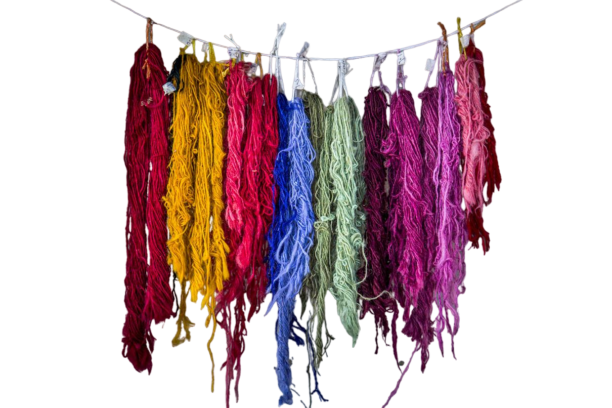
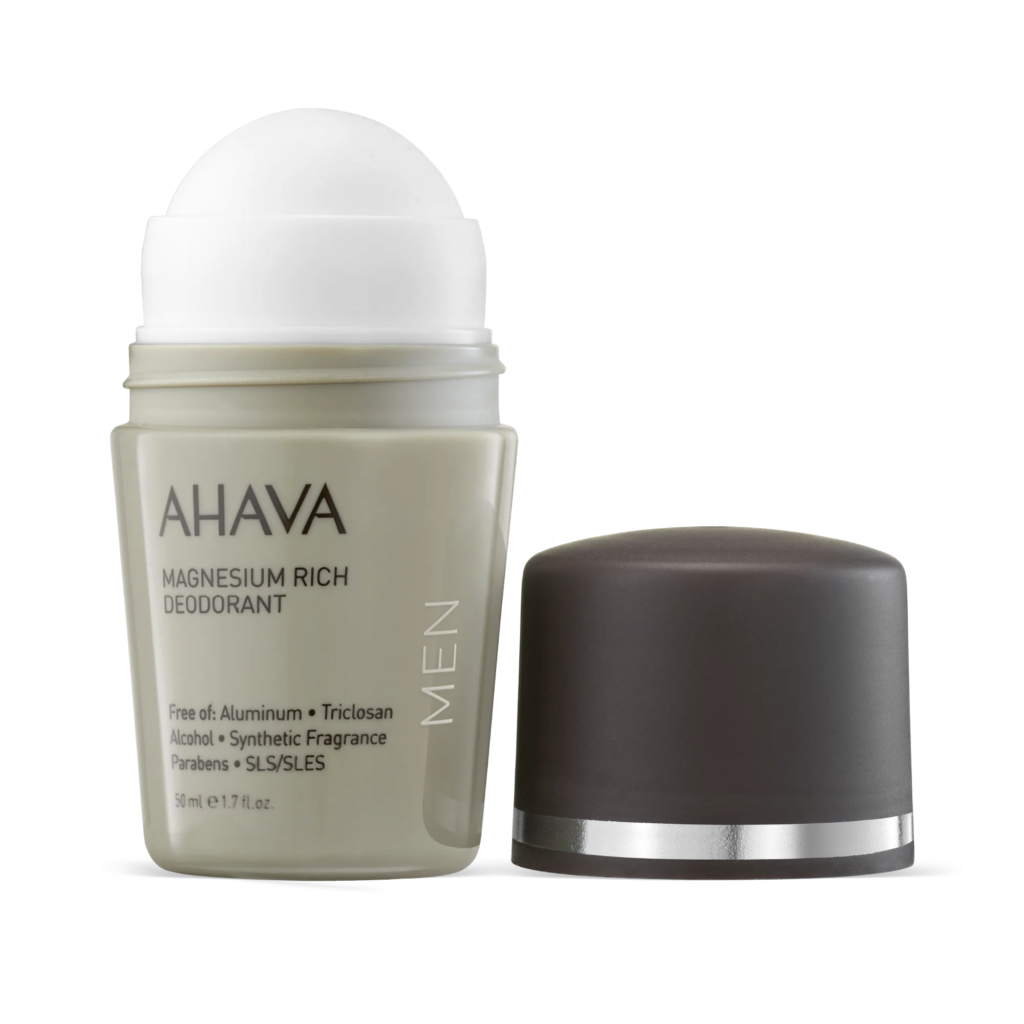
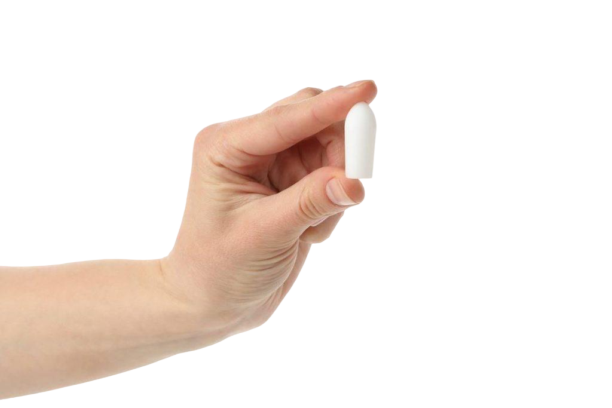
- AMINE
DEA (DI Ethanol Amine)
• Production of detergents and cleaners
• Lubricants
• Cement additives
• Cosmetics production
MEA (Mono Ethanol Amine)
• Detergents
• Anti-rust
• Cleaners
• Emulsifier
• Pharmacology
• Agricultural chemicals
• Concrete Additives
TEA (TRI Ethanol Amine)
• Dry cleaning soaps
• Liquid detergents
• Dish detergents
• General cleaners
• Hand sanitizers
• Metal processing
• Dyes
• Printing inks
• Cement production
• Medicine
• Photography
• Fabric and wool washing
• As corrosion inhibitors
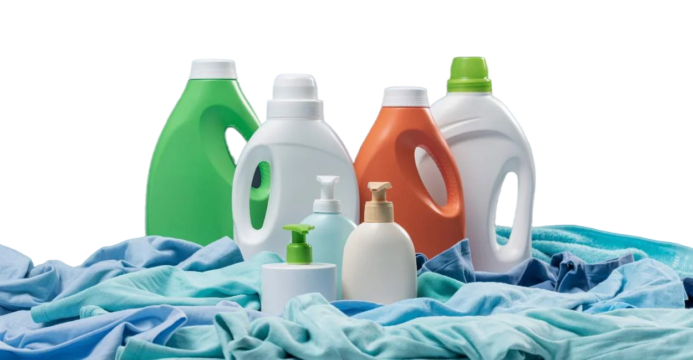
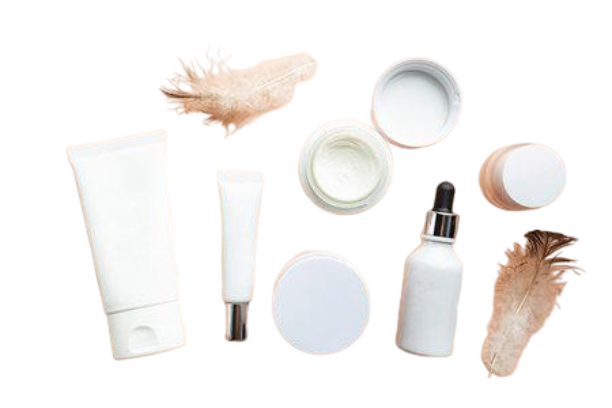
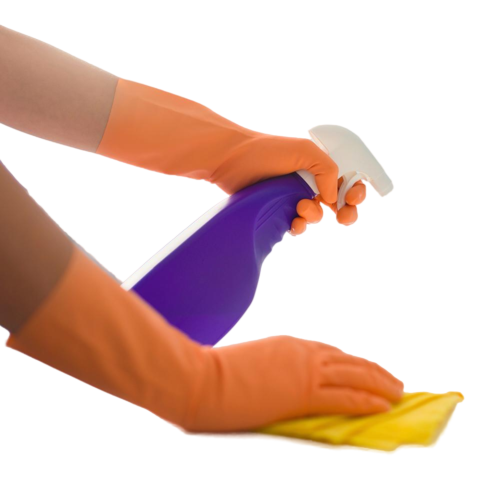
- MIX-XYLENE
• Production of Terephthalic Acid, Dimethyl Terephthalate and Ethylbenzene
• As raw material in benzene production
• Dry ice production in laboratories to cool reactor tanks
• Use of xylene in the adhesive industry to reduce the viscosity of the adhesive.
• Washing of transport equipment and tank containers of aircraft and tankers
• Used as a solvent in printing, rubber, paint and leather industries.
• Paint and resin are non-volatile and high viscosity compounds, causes the colors to not flow and is difficult to apply. Adding mixed xylene to the paint and resin greatly aids the flow of the paint and resin and ease of use
• Application of xylene in agriculture Most poisons used in agriculture are non-polar and insoluble in water, so these poisons cannot be mixed with water. Mixed xylene is also non-polar in nature and can be a good solvent for hydrophobic poisons. To use non-polar poisons, it can be diluted with xylene solvent, mixed well and used.
- ANILINE
• Aniline is used in the rubber and tire industry to use rubber chemicals and car tires, balloons, gloves, etc. used to process products.
• Jeans etc. It is used as a dye in the making of clothes.
• This substance is used in the production of drugs such as paracetamol, Tylenol and acetaminophen.
• This substance, which is used as a pesticide and fungicide in the agricultural sector, is used in the production of polyurethane, and polyurethane is used in the production of plastic.
- ALKYL BENZENE
• In the production of detergents
• In the production of washing powder
• In dishwashing detergent production
• In the production of liquid household cleaners
• In the production of agricultural herbicides
• In emulsion polymerization
• As emulsifier and moisturizer
• In the production of foaming toilet soap
• In electrical insulation construction
• As raw material for the production of LABSA (linear alkyl benzene sulfonate)
• As a special solvent and also as a component in some heat transfer fluids
- ISOCYANATE
This material is used in the production of coatings, sealants, adhesives and elastomers.MDI and TDI are the largest aromatic diisocyanates and are mostly used in the production of polyurethane.
• Adhesive industry
• Paint industry
• Automotive sector (transportation)
• Coating and sealant
• Rubber and plastic products
• Lubricant
• Grease
• Fuel additives
- AMMONIA
Applications of ammonia can be mentioned in the preparation of chemical fertilizers, ice making, nitric acid, other nitrogenous compounds, explosives and food preservation. Important uses of ammonia include:
• Agricultural industry Almost 80% of the total ammonia produced in the world is in agricultural industries is used. This chemical is known as a very valuable source of nitrogen necessary for plant growth. Common uses of ammonia in the agricultural sector are as follows:
•Animal feed: This substance and urea are used as protein sources in the nutrition of domestic animals such as cows, sheep and goats.
•Fertilizer: Ammonia, urea, ammonium phosphate, ammonium nitrate, aqueous ammonia, ammonium sulfate, Liquid fertilizer consisting of ammonium salts and nitrate.
•Protection of plants: NH3 is used to preserve and preserve fruits; For example, in some fruits It is used to prevent fungus formation, to store corn in high humidity environments, and as a weed preventer on trees.
• Leather industry
• Metal baking process
• Rubber and fiber industries
• Paper and pulp industries
• Mining and metallurgical industries
• Pharmaceutical and cleaning industries
• Chemicals and explosives manufacturing industries
• Food, beverage, petrochemical and cold storage industries
- SULPHUR
• Use on batteries
• Stamp
• Fungicides and pesticides
• Agricultural fertilizer production
• Matches
• Fire works
• Construction of corrosion-resistant concrete with high resistance and anti-scratch
- LAB SA (Sulfonic Acid)
This material is generally packaged in 220 kg volume HDPE barrels at 96% concentration and presented to the buyer in the form of barrels and pallets. What is sulfonic acid? This substance is used as a cleaning agent in detergents and maintains acidity. This acid removes organic and mineral substances from the surface and has an antibacterial effect. This material is used as an active ingredient in dishwashing liquids to help reduce the density of stains and deposits. Some other products containing sulfonic acid include:
• Washing powder
• Liquid soap
• Cleaning powder
• Hair shampoo
• Body shampoo
• Dish cleaner
Where it is used:
• Detergents
• Skin creams and products
• Removal of dead skin cells and peeling
• Colorful seeds
- VINYL CHLORIDE MONOMER (VCM)
Vinyl chloride is an organochloride (organic chlorine compound) with the formula H2C=CHCl, also called vinyl chloride monomer (VCM) or chloroethene.
This colorless compound is an important industrial chemical used primarily to produce the polymer polyvinyl chloride (PVC).
Polyvinyl chloride, or PVC, is a universal polymer with many applications (pipes, floor coverings, cable insulation, bottles, packaging foils, medical products, etc.).
The reason for the widespread use of this polymer is its low cost, suitable physical and chemical properties and resistance to environmental conditions.
- SLES
This substance is an emulsifying, foaming, dissolution accelerating and foaming chemical compound used in the washing, detergent or food industries, and is an anionic surfactant in shampoo production.
Polymers are widely used advanced materials, which are found almost in every material used in our daily life. To date, the importance of polymers has been much more highlighted because of their applications in different dominions of sciences, technologies and industry – from basic uses to biopolymers and therapeutic polymers. The main aim of this editorial is to accentuate the pragmatic impacts of polymers in human daily life.
- PE (Polyethylene)
HDPE
Blow molding Grade
Film Grade
Injection Grade
Pipe Grade
Extortion Grade
Roto molding Grade
Bottle Cap Grade
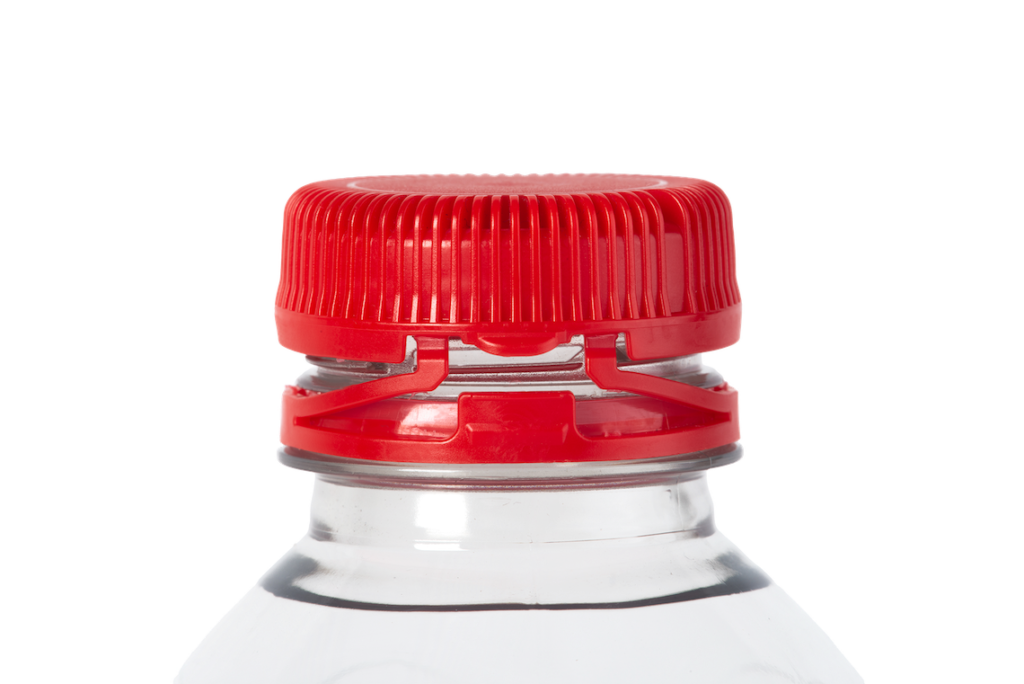
LDPE
Injection Grade
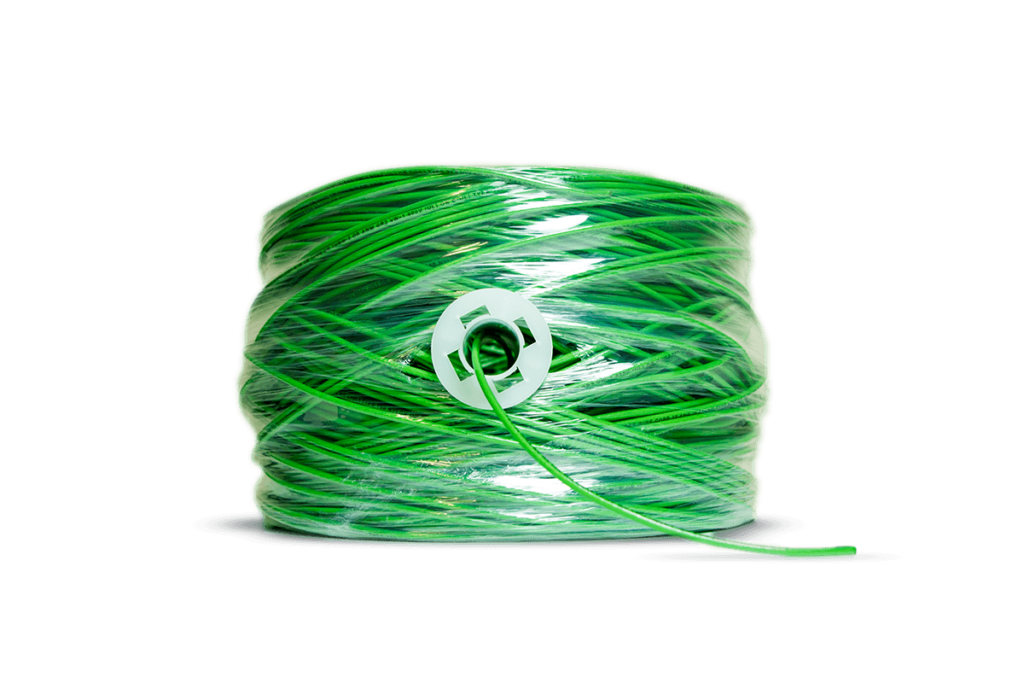
LLDPE
Film Grade
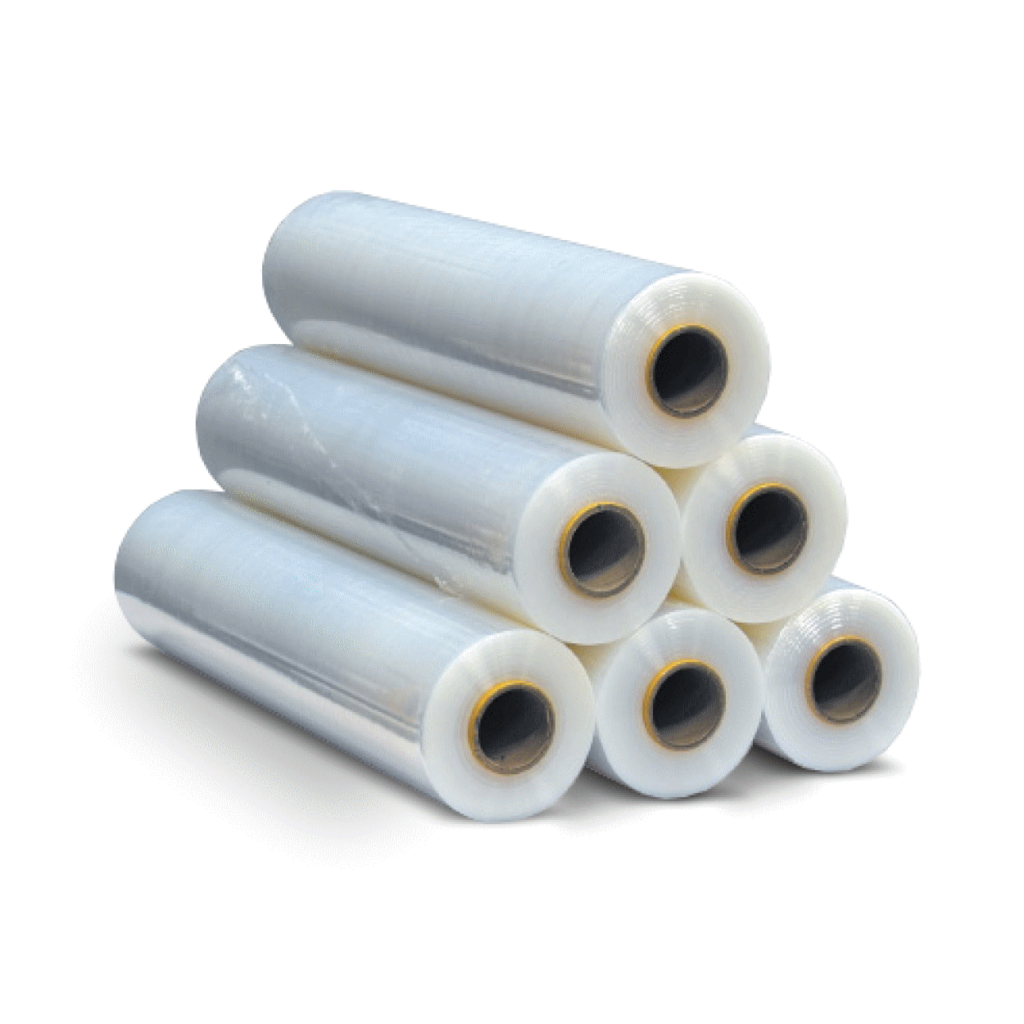
MDPE
Roto molding Grade
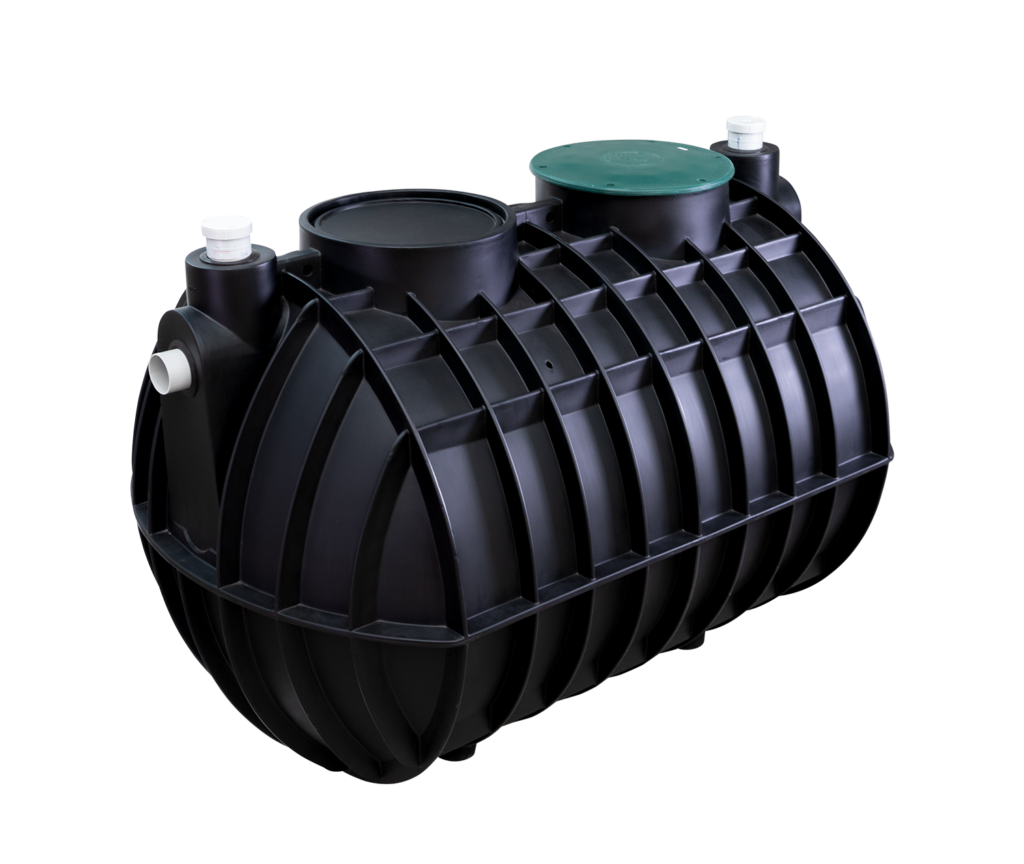
- PS (Polystyrene)
GPPS
• Shower cabin • Disposable cups • Food container • Pen bodies • Fruit tray foam board • Meat trays • Glasses • XPS pages and containers
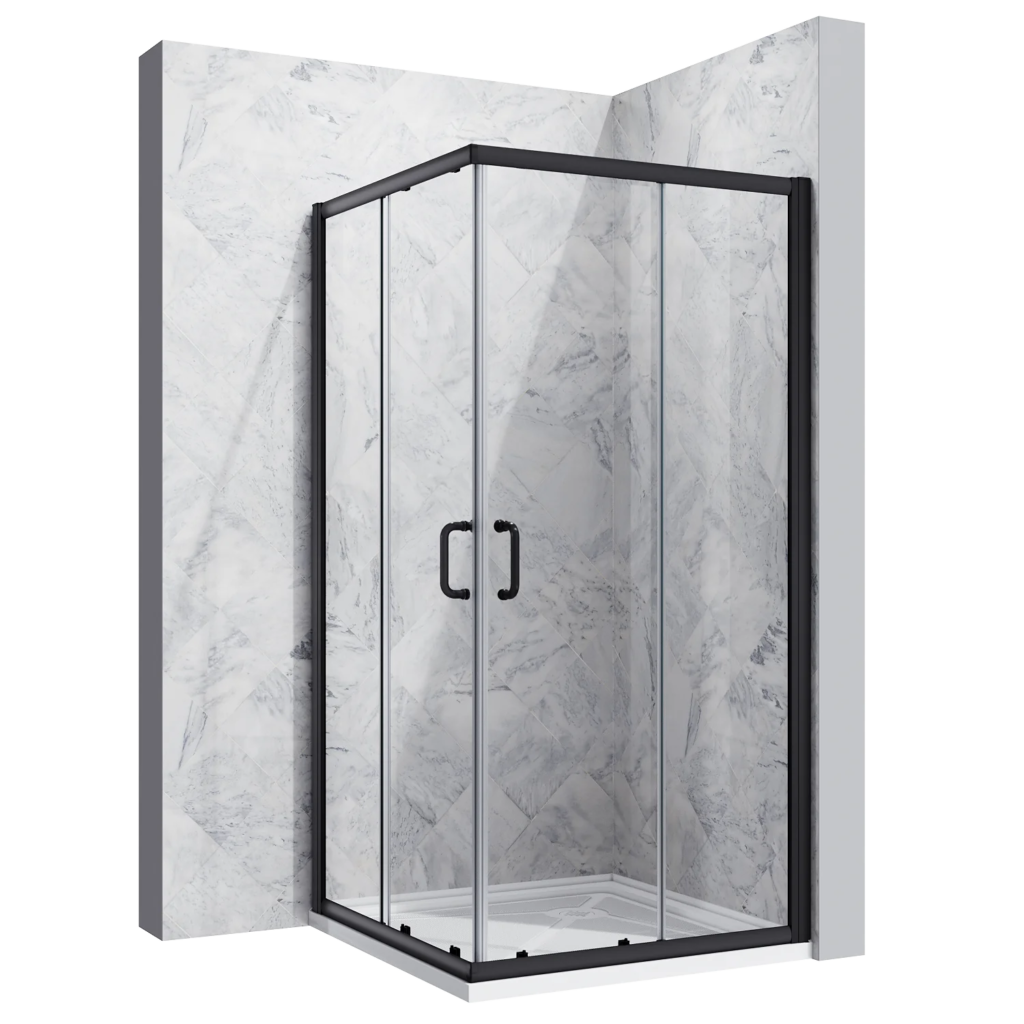
EPS
• Construction of Plastofoam ceiling blocks
• Making all kinds of refrigerators and thermoses
• EPS Blocks
• Insulation
• Sound and heat insulation
• Sandwich panel
• Flame retardant foam
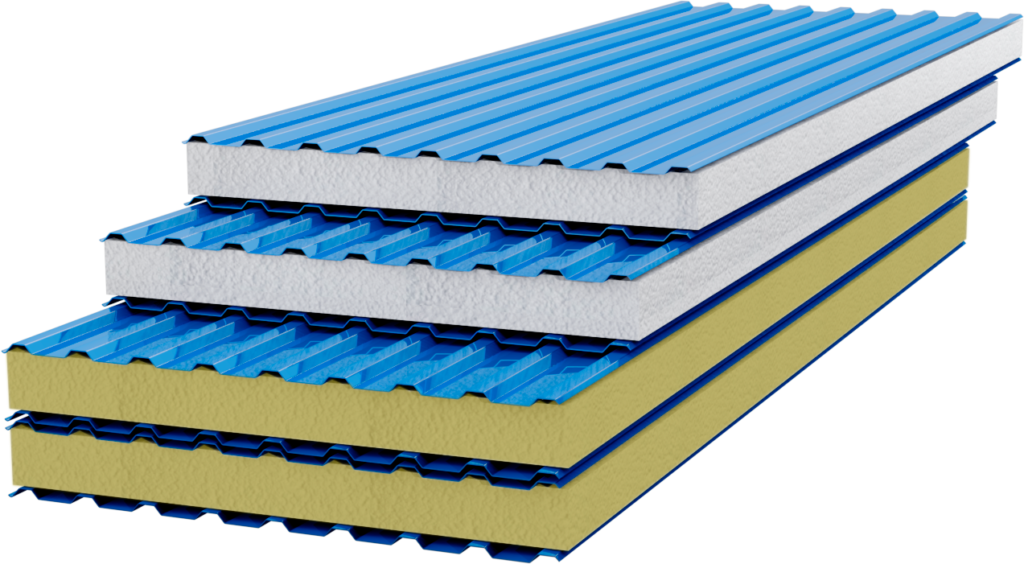
HIPS
• Packaging containers
• Egg box
• Industrial parts
• Refrigerator doors
• Monitor body
• Packaging of fatty foods and dairy products
• Food packaging as beverage glasses
• Yoghurt containers
• Helmet (motorcycle etc.)
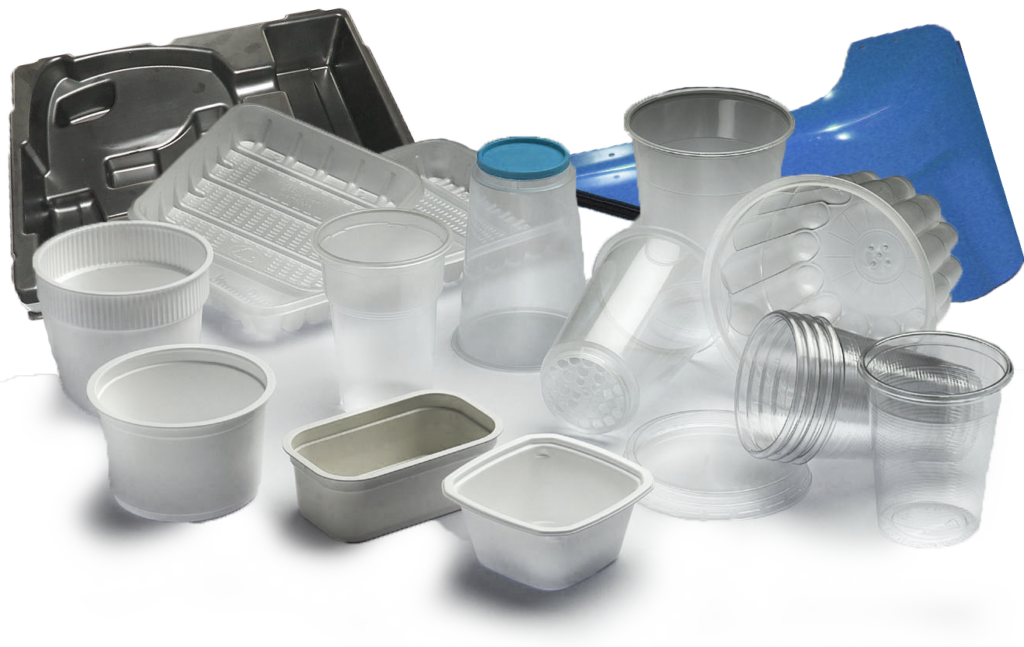
- PP (Polypropylene)
HOMO POLYMER
• Heavy duty jumbo bag
• Furniture
• Toy
• Bottle caps
• Toothbrush
• Broom and brush
• Food containers
• Artificial grass
• Seat belts

COPOLYMER
• Filters
• Containers
• Lamination
• Food and Cosmetics Packaging
• Packaging of fixed accessories • Bottle and medicine bottle
• Pipe
• Production of IML containers •Buffer and Torpedo
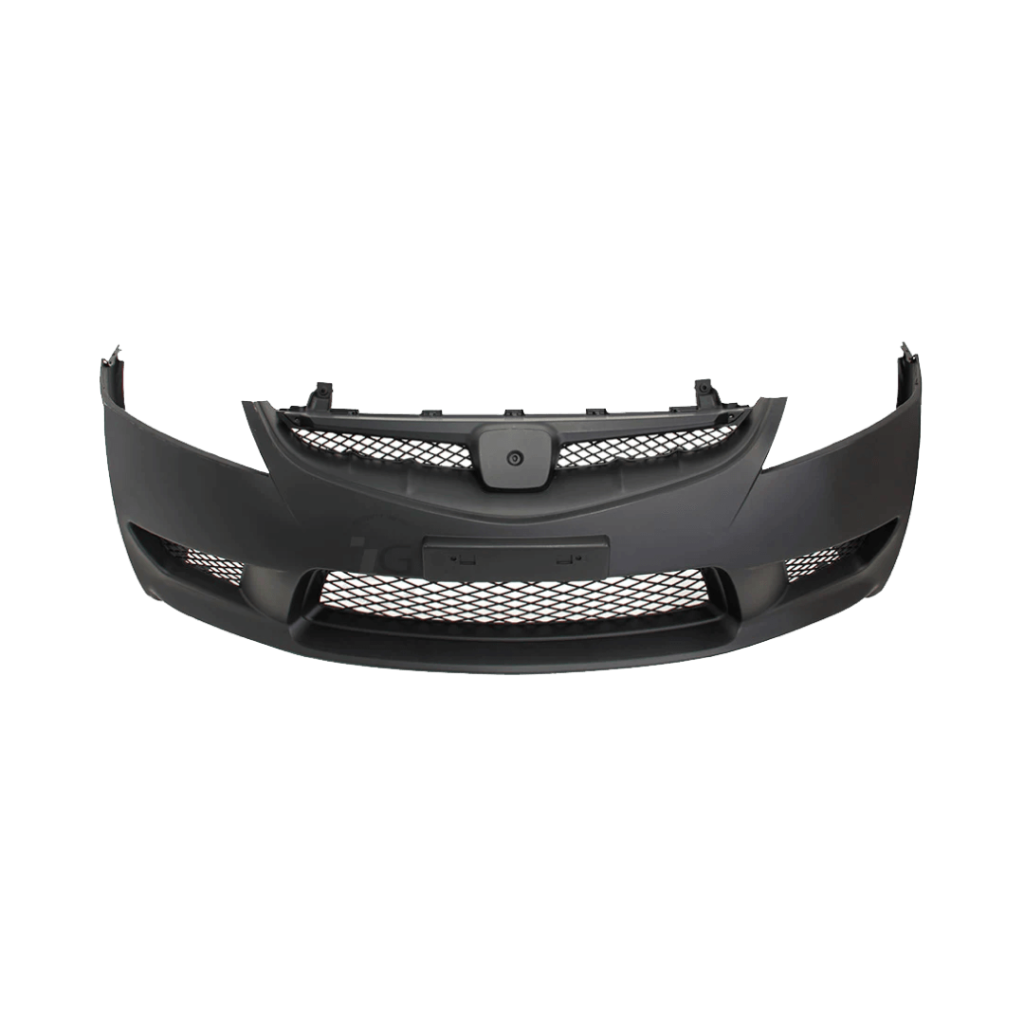
PIPE POLYMER
• Industrial pressure pipe
• Hot and cold water supply
• Service pipes
• Industrial water recycling
• Polypropylene fittings
• Profile

- Acrylonitrile Butadiene Styrene
ABS
• Office materials
• Covering household appliances
• Heat resistant house
• Printing industry
• Plastic protectors of wall sockets
• LEGO toys
• Cooking utensils
• Helmet
• Car parts production

- Polyvinyl Chloride
PVC
• Cable industry
• Electrical wires industry
• Cable protector
• Injection molding
• Window Profilers
• Pipe production
• PVC fittings production

- Polycarbonate
PC
• Wire and cable
• Cable insulation
• Home Appliances
• Car accessories
• Sports equipment
• Hose
• Phone covers
• Helmet
• Polycarbonate luggage
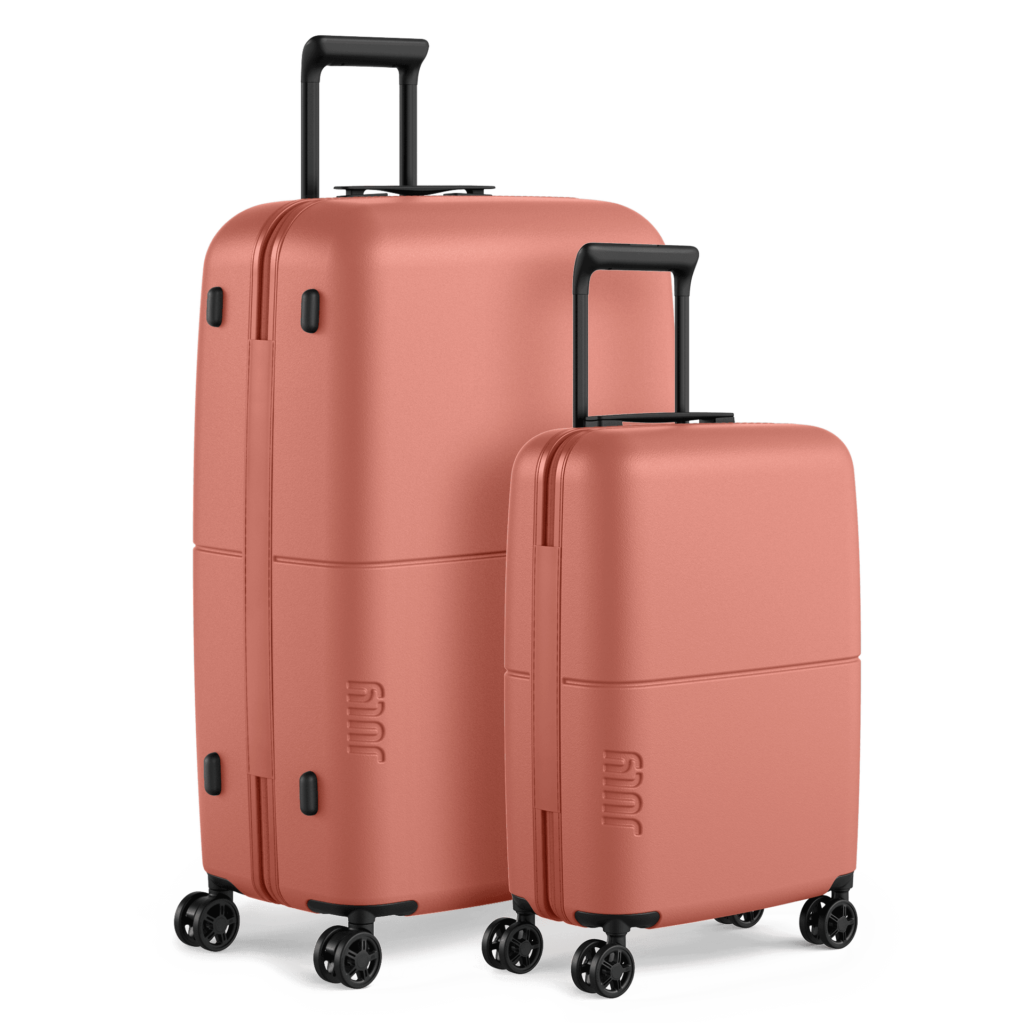
- Polyethylene Terephthalate
PET
• Sofa and curtain fabric • Sports suit making • Packaging of all kinds of carbonated drinks • Food packaging • Cooking oil containers • Mineral water containers
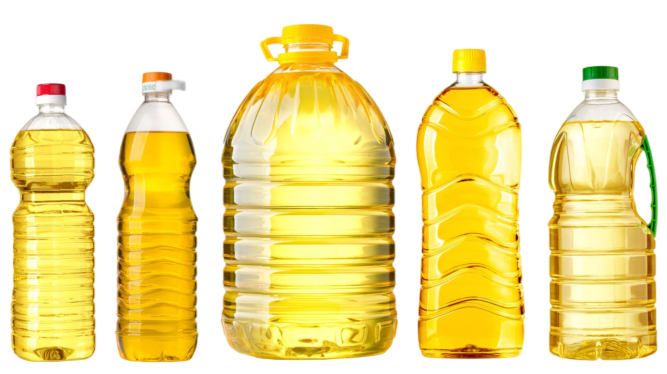
- Styrene–Butadiene Rubber
SBR
• Car tire
• Shoe or Boot
• Washer
• Coating and sealing adhesives
• Conveyor belt
• Hose
• Flooring
• Mechanical products, belts
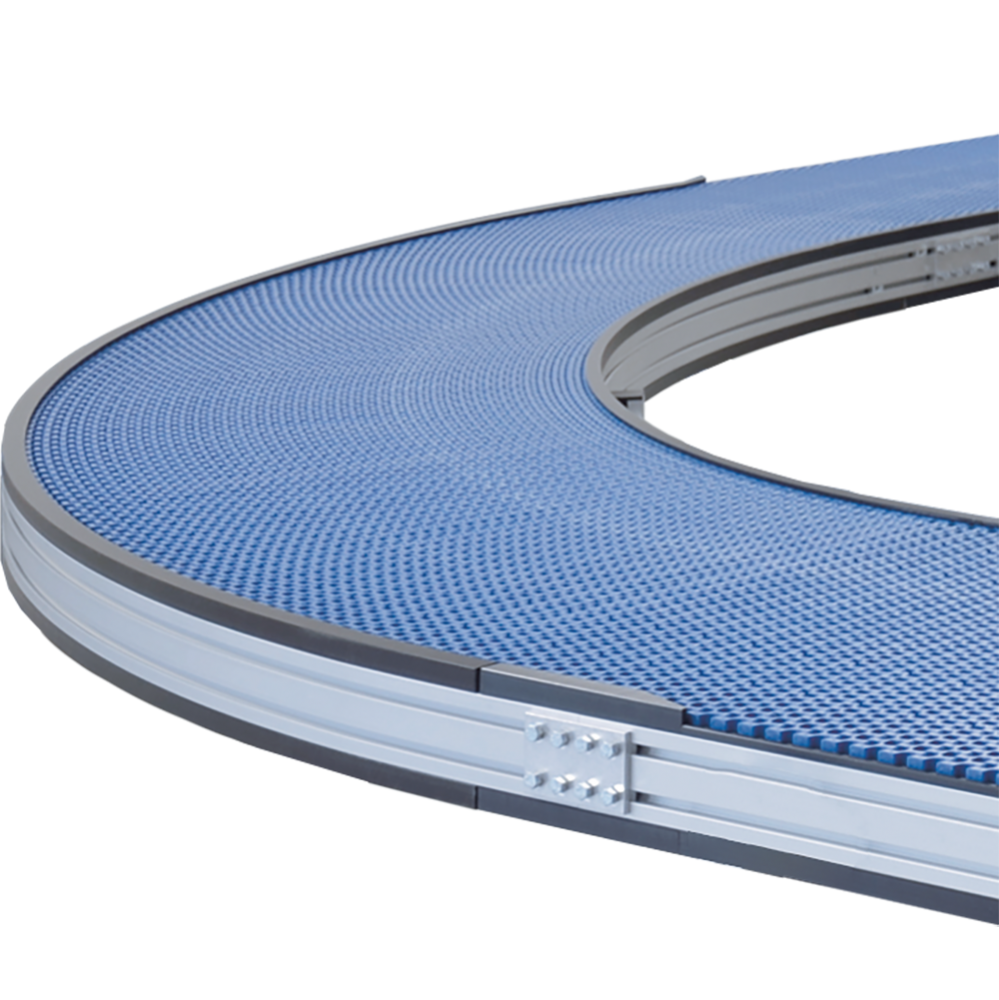
- Polybutadiene Rubber
PBR
• Conveyor belt • Shoe Lining • Hose • Car tire • Flooring
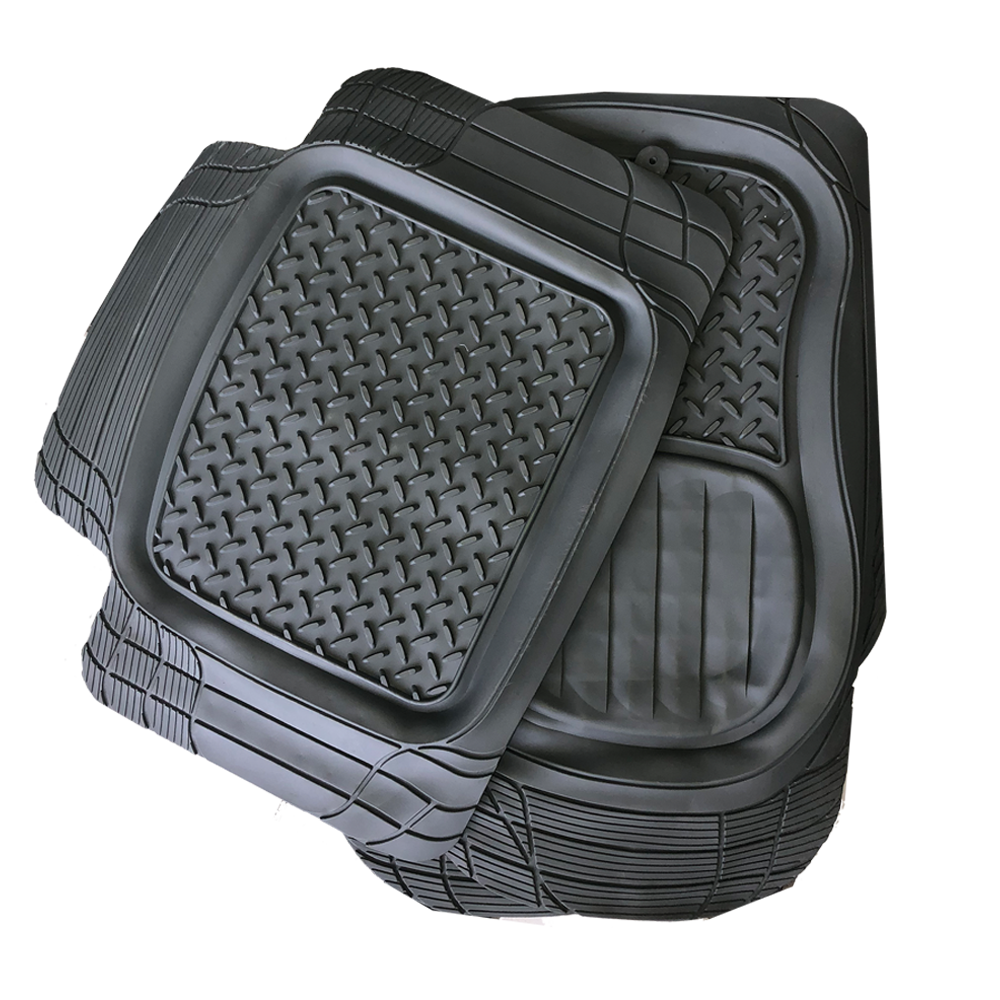
We are a reliable and committed trading company with experienced personel in the field of supplying and exporting petrochemical raw materials (polymers and chemicals) and petroleum derivatives.
we maintain strong and continuous partnerships with numerous sea and land transportation companies. This allows us to support our customers by delivering cargo with different Incoterms, tailored to their specific requirements.

